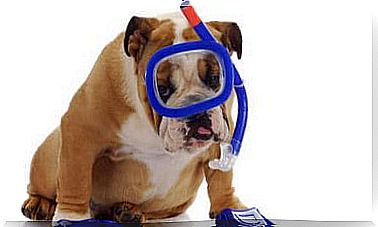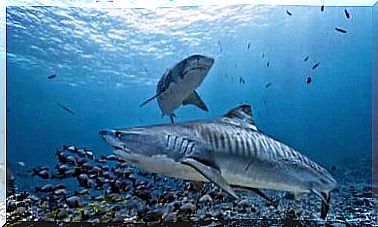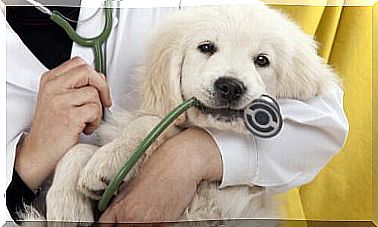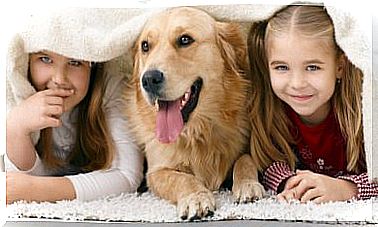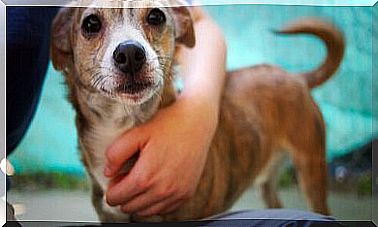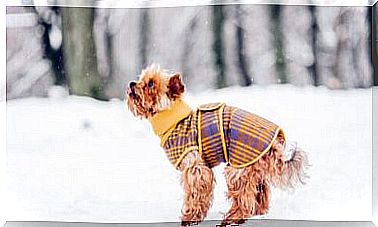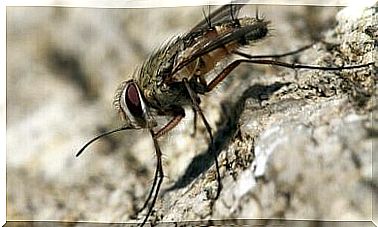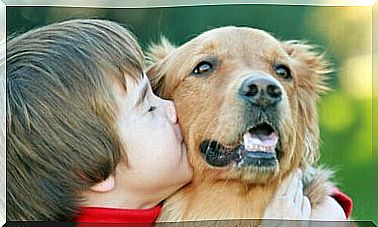The Changes Into Rabbits And Ferrets: How Does It Happen?

The change of the hair is totally natural and is essential to keep the coat healthy. Although we tend to associate this phenomenon with more “traditional” animals, such as cats and dogs, it also affects many other companion animals throughout the year. In this article we talk about moulting in rabbits and ferrets.
Why is moulting important in rabbits and ferrets?
As anticipated, the moulting in rabbits and ferrets is essential for the coat of these animals to remain beautiful and shiny. Nonetheless, the importance of this phenomenon goes far beyond the quality of their fur and plays a central role in the survival of these animals.
On the one hand, this replacement allows you to eliminate dead hair and impurities adhering to them. Remember that animals cannot brush themselves in nature, so their bodies had to develop an alternative method to get rid of dirt.
Furthermore, thanks to the suit, the coat always maintains an appropriate length and thickness. If the hairs grew indefinitely, without falling out or renewing themselves, this would hinder the movements of the animal.
Similarly, a hair that is too long or bulky could favor infestations by parasites, since such a thick layer would not allow the animal to eliminate them on its own. The moult, therefore, also helps the animal to prevent ectoparasites such as ticks and fleas.
The change of season
It is essential that the coat adapts to the environmental conditions of each season to protect the animal’s body. During the winter, the coat must be more abundant to help maintain heat and prevent adverse climatic conditions from harming the animal’s health.
In summer, however, the hair must be lighter and softer to allow the natural cooling of the blow and prevent a possible heat stroke.
In summary, molting in rabbits and ferrets is necessary for their organism to adapt and stay healthy in their habitat. When we decide to adopt them as pets, we must be aware that they will lose hair throughout their life.
But even more we must be prepared to offer them the necessary care during the aforementioned seasons of the year. The change of hair and the boluses that are produced, as we will see, require specific care.
The molt into the rabbit
Rabbits make two large moults per year, during which time they experience massive hair loss. Typically these moults begin at the end of the mid-seasons, ie in autumn and spring.
Their bodies need to prepare for both the high temperatures of summer and the cold ones of winter, and hair replacement is essential in this regard.
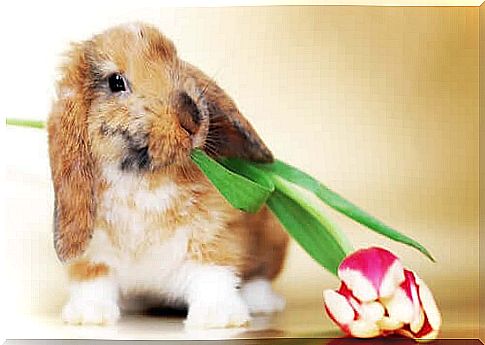
Lagomorphs, however, typically shed their coat every three months, albeit in smaller quantities. In these periods, the loss is much less intense, but it is still advisable to brush them regularly – at least four times a week – to ensure optimal hygiene in the home and prevent the accumulation of hairballs in the intestine.
It changes into the ferret
Like rabbits, ferrets have four moults per year. The two most intense coincide with the onset of summer and winter and prepare the body to adapt optimally to climatic conditions.
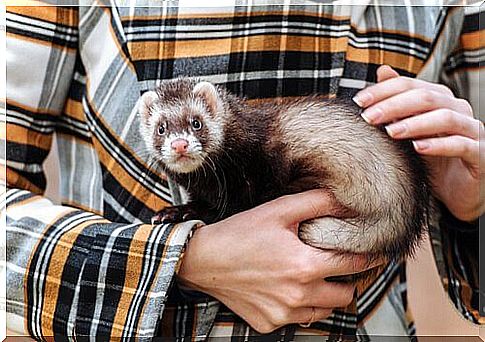
When spring is about to end, the ferret begins to shed hair to withstand the approaching heat. With the arrival of summer, the fall is accentuated and it is necessary to brush it more frequently.
As autumn approaches, the hair begins to thicken again as it prepares for the cold season. In winter, the ferret will exhibit its most beautiful and voluminous coat, which will begin to thin out again with the arrival of spring.
Molten into rabbits and ferrets: why brush them?
During the moult the animal will lick itself continuously to cleanse the body. This is a perfectly natural and healthy habit, but when the moult is very intense, this could lead to him ingesting a large amount of dead hair.
This increases the risk of hairballs forming and accumulating in the intestinal system. These can cause digestive disorders, such as constipation and intestinal obstruction.
For all these reasons, it is essential to brush the fur of rabbits and ferrets every day during moulting. This way we prevent them from ingesting dead hair while cleaning.
